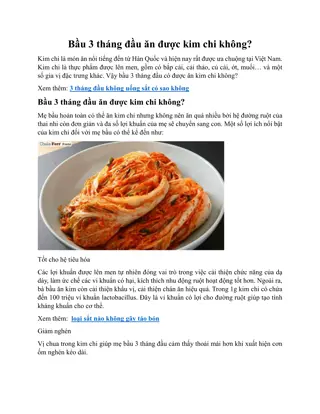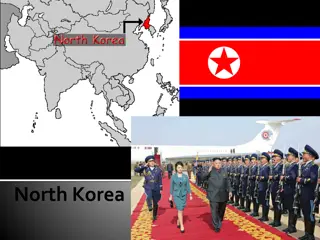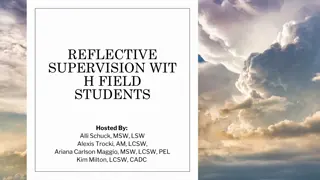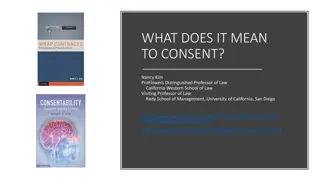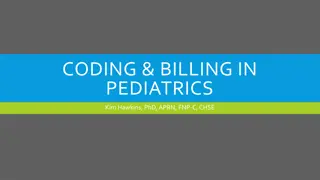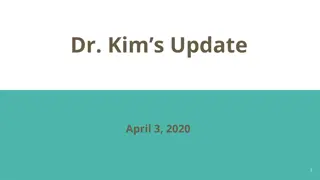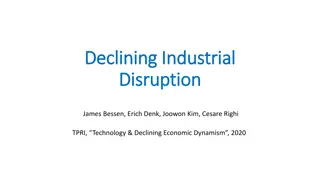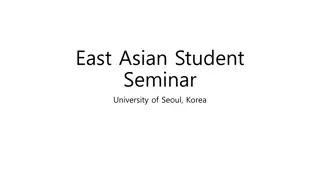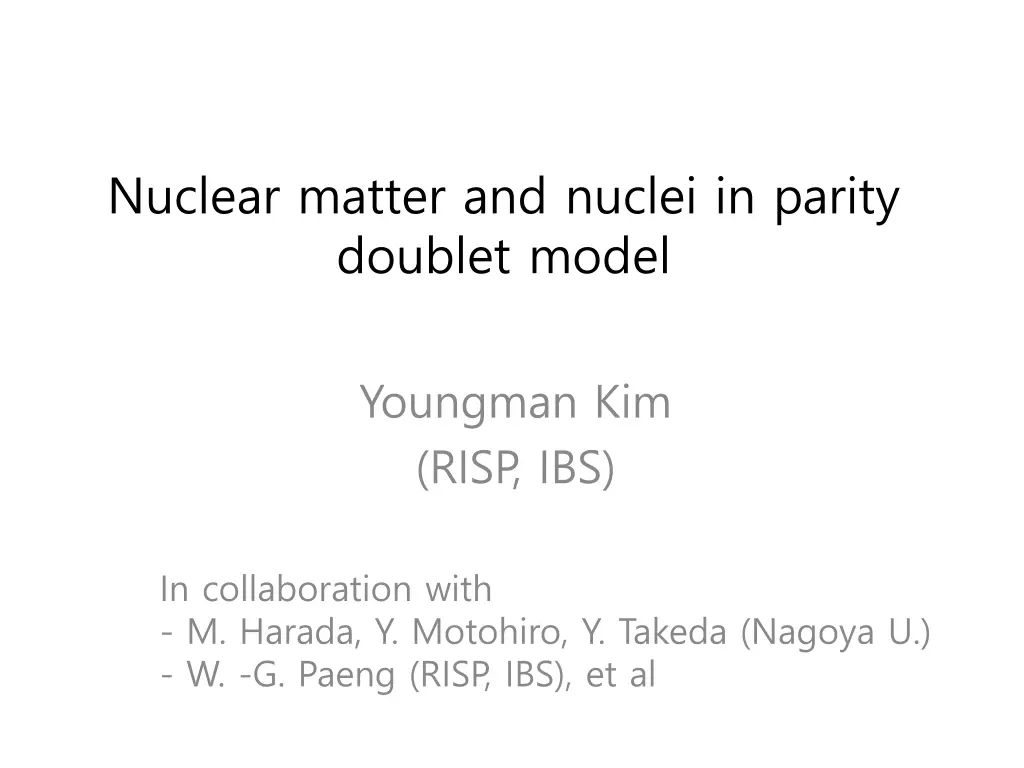
Nuclear Matter and Nuclei in Parity Doublet Model - Research Insights
Explore the intriguing concept of nuclear matter and nuclei within the parity doublet model, shedding light on asymmetric matter, chiral symmetry, and the origin of nucleon mass. This collaborative research delves into the motivations and implications of the model, offering valuable insights into the behavior of dense matter and phase transitions. Dive into the complex yet fascinating world of nuclear physics with this study.
Download Presentation

Please find below an Image/Link to download the presentation.
The content on the website is provided AS IS for your information and personal use only. It may not be sold, licensed, or shared on other websites without obtaining consent from the author. If you encounter any issues during the download, it is possible that the publisher has removed the file from their server.
You are allowed to download the files provided on this website for personal or commercial use, subject to the condition that they are used lawfully. All files are the property of their respective owners.
The content on the website is provided AS IS for your information and personal use only. It may not be sold, licensed, or shared on other websites without obtaining consent from the author.
E N D
Presentation Transcript
Nuclear matter and nuclei in parity doublet model Youngman Kim (RISP, IBS) In collaboration with - M. Harada, Y. Motohiro, Y. Takeda (Nagoya U.) - W. -G. Paeng (RISP, IBS), et al
Contents Motivations Asymmetric matter in a PD model Finite nuclei in a PD model in brief Summary
Motivations Why asymmetric dense matter? Partial restoration of chiral symmetry
Why parity doublet model? Origin of nucleon mass (in the chiral limit) other than chiral symmetry breaking? PD says yes! One can talk about chiral invariant nucleon mass m0. apart from that due to chiral symmetry breaking.
Asymmetric matter in a PD model Introduce two nucleon fields that transform in a mirror way under chiral transformations: Linear sigma model with parity doubling, C. E. DeTar and T. Kunihiro, Phys. Rev. D 39, 2805 (1989)
D. Zschiesche, L. Tolos, Jurgen Schaffner-Bielich, Robert D. Pisarski, Phys.Rev. C75 (2007) 055202
Delta matter in a parity doublet model Yusuke Takeda, YK, Masayasu Harada, e-Print: arXiv:1704.04357 [nucl-th] * The onset density of matter can be smaller than two times the saturation density. * In symmetric matter, the stable -nucleon matter is realized in 3-4 times the saturation density, and the phase transition from nuclear matter to -nucleon matter is of first order in the wide parameter region. * In asymmetric matter, the phase transition from the nuclear matter to the stable -nucleon matter can be of the second order for most parameter region. * In symmetric dense matter, larger chiral invariant nucleon mass tends to lower the transition density to the stable N- phase * Partial restoration of chiral symmetry is enhanced by delta matter.
preliminary Enhancement of partial chiral symmetry restoration by delta matter!
Finite nuclei in a PD model in brief Parity doublet model in relativistic continuum Hartree-Bogoliubov theory W.-G. Paeng, et al, in progress RCHB theory properly takes into account the pairing correlation and the coupling to (discretized) continuum via Bogoliubov transformation in a microscopic and self-consistent way. [J. Meng, et al, Prog. Part. Nucl. Phys. 57 (2006) 470] Spherical RCHB code was provided by Jie Meng (Peking Univ.). Main difference is the behavior of sigma mean field. Revised the code to incorporate the difference. As a warm-up, we use the simple PD model by Zschiesche, et al, and assume spherical symmetry.
Cold, dense nuclear matter in a SU(2) parity doublet model D. Zschiesche, L. Tolos, Jurgen Schaffner-Bielich, Robert D. Pisarski, Phys.Rev. C75 (2007) 055202
Summary * Parity doublet model may reveal non-chiral component of nucleon mass in asymmetric dense matter, which may be observed in heavy ion collisions or in finite nuclei. * Partial restoration of chiral symmetry, which may be studied at RAON, is enhanced by the presence of delta matter.



